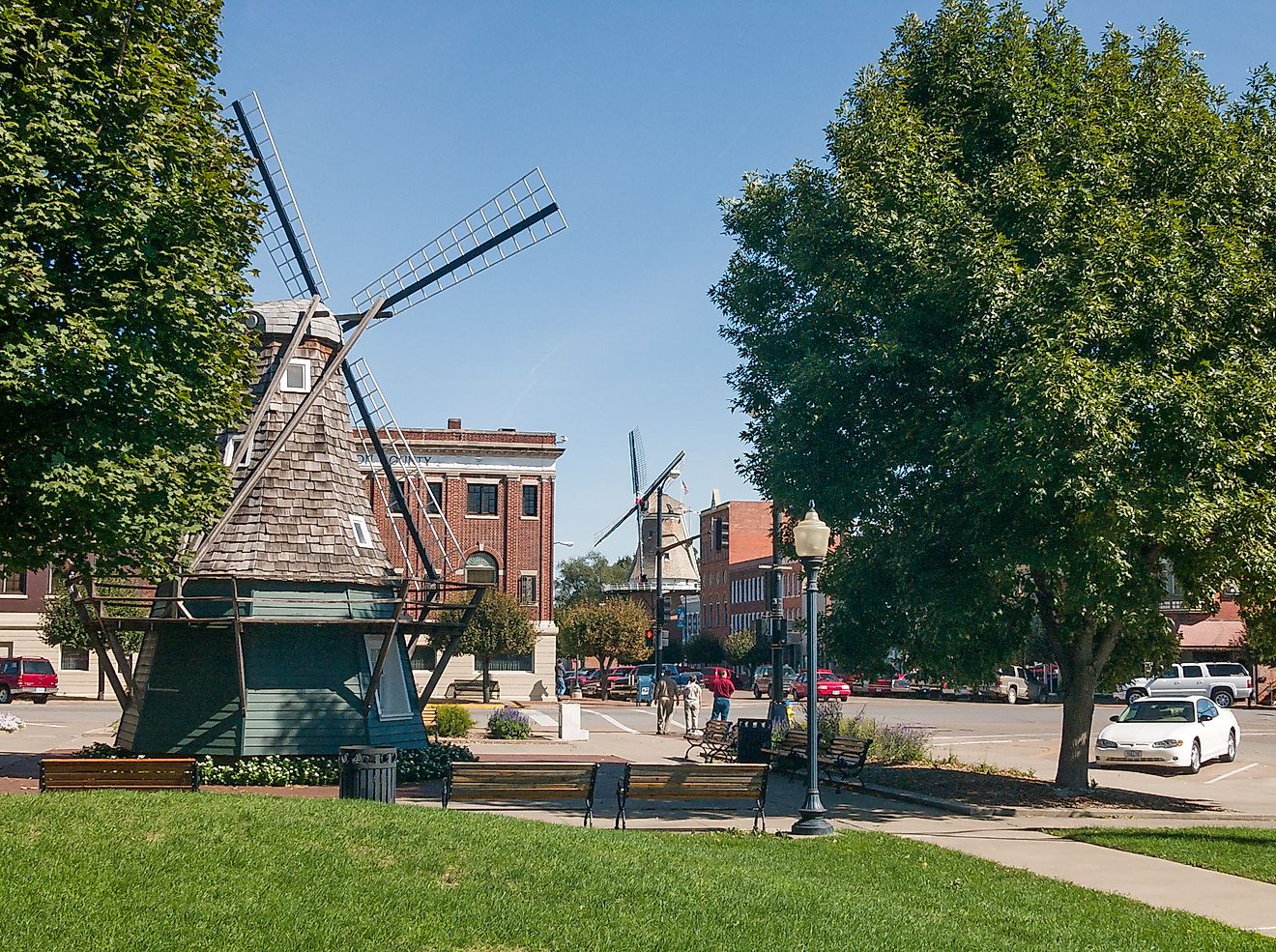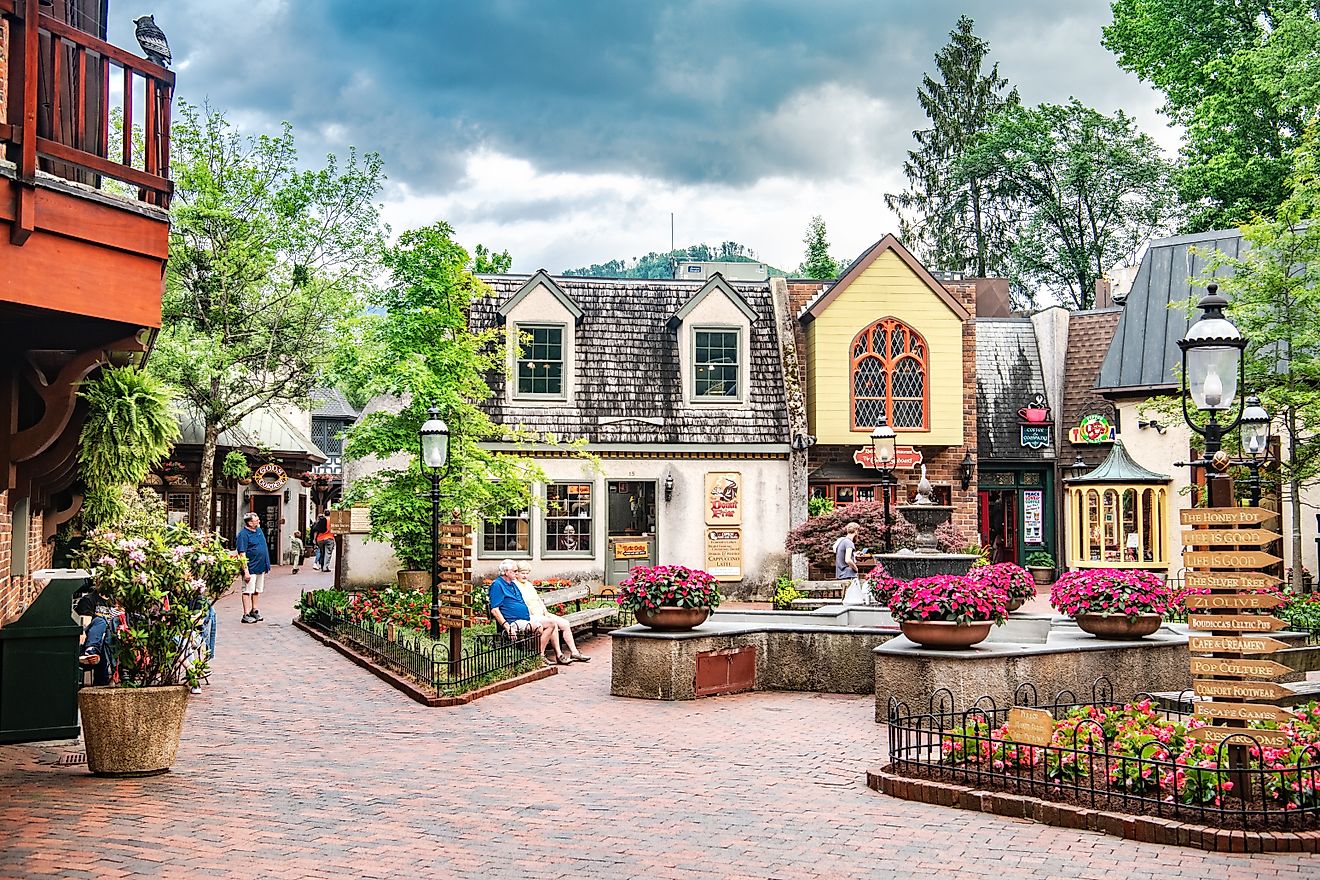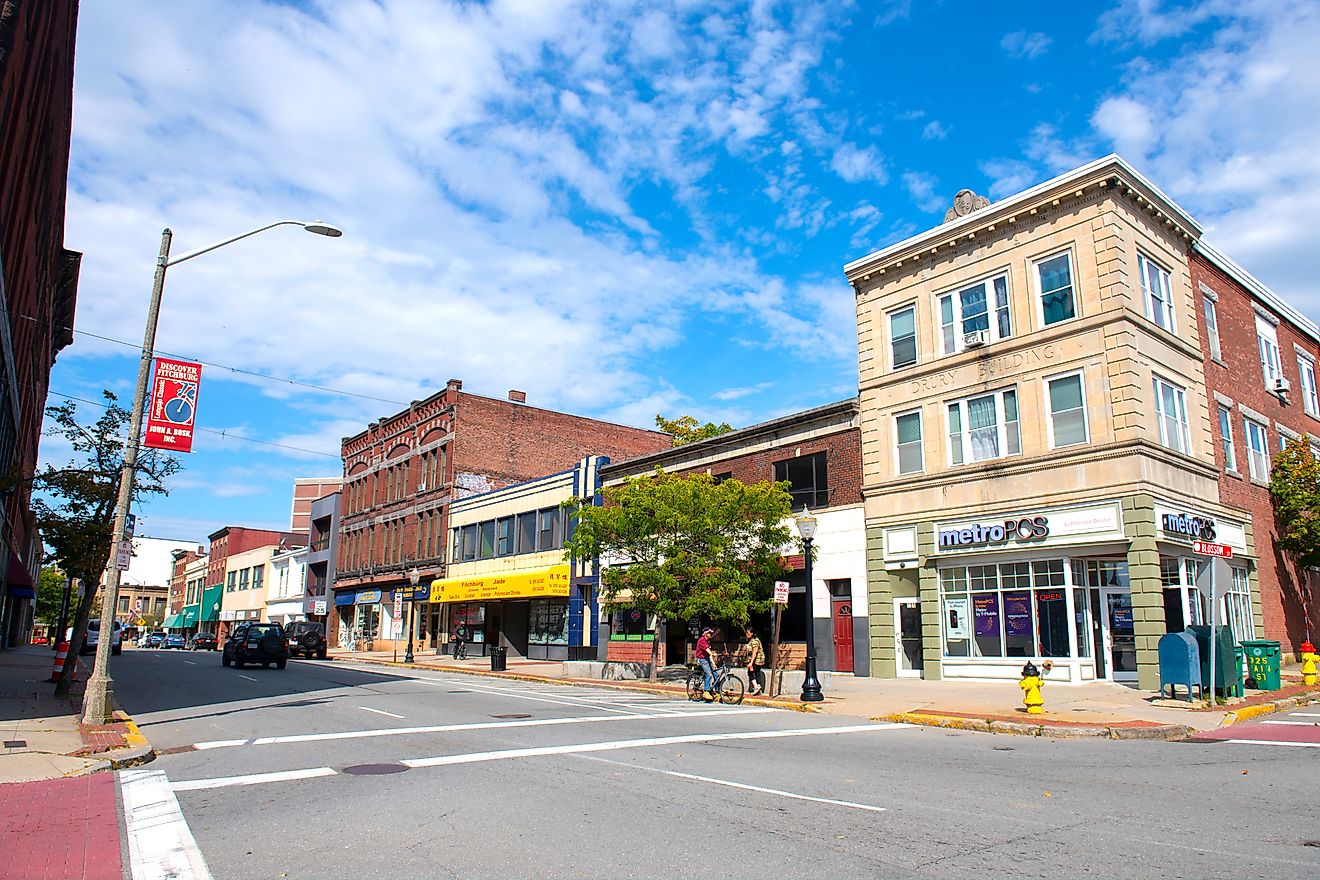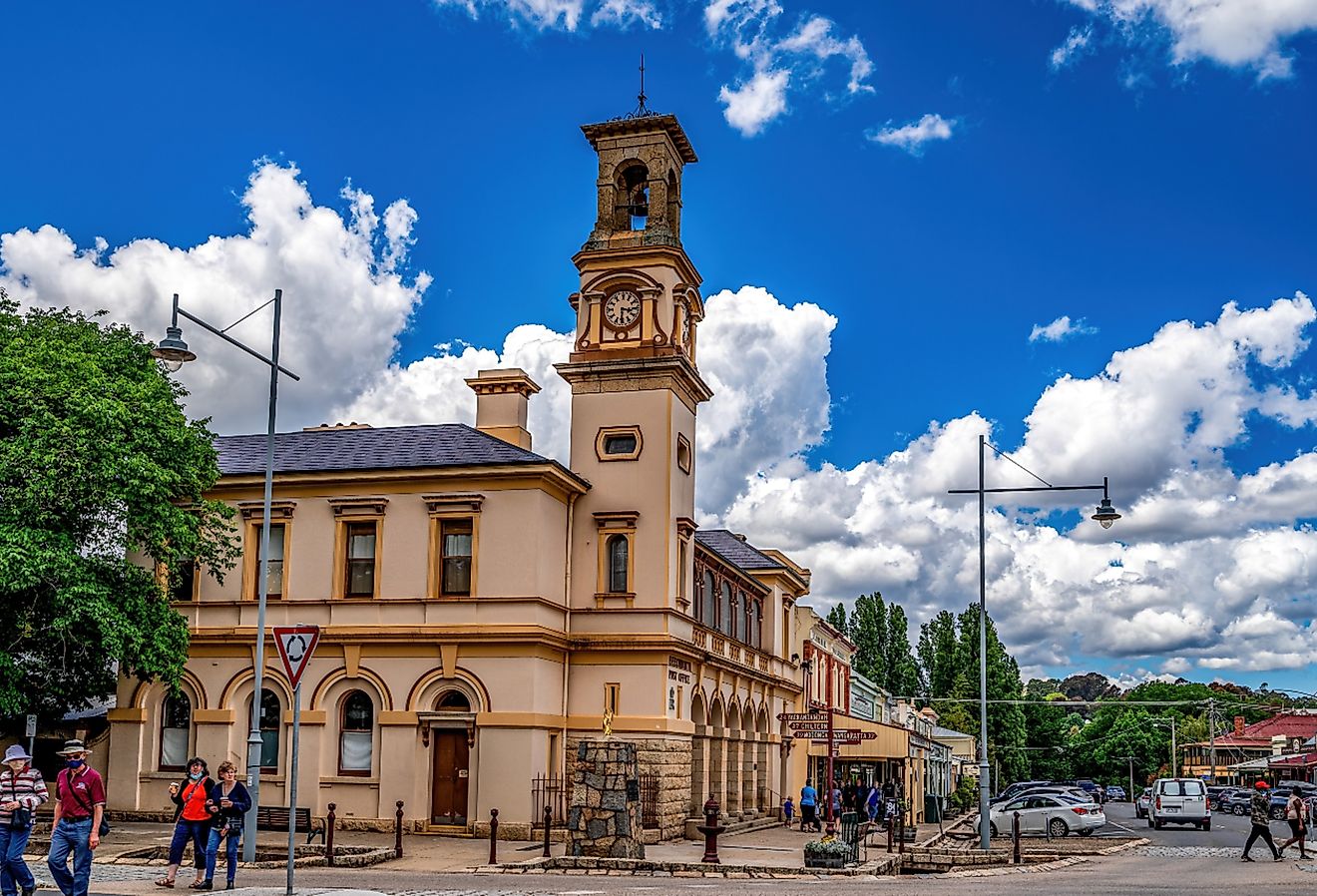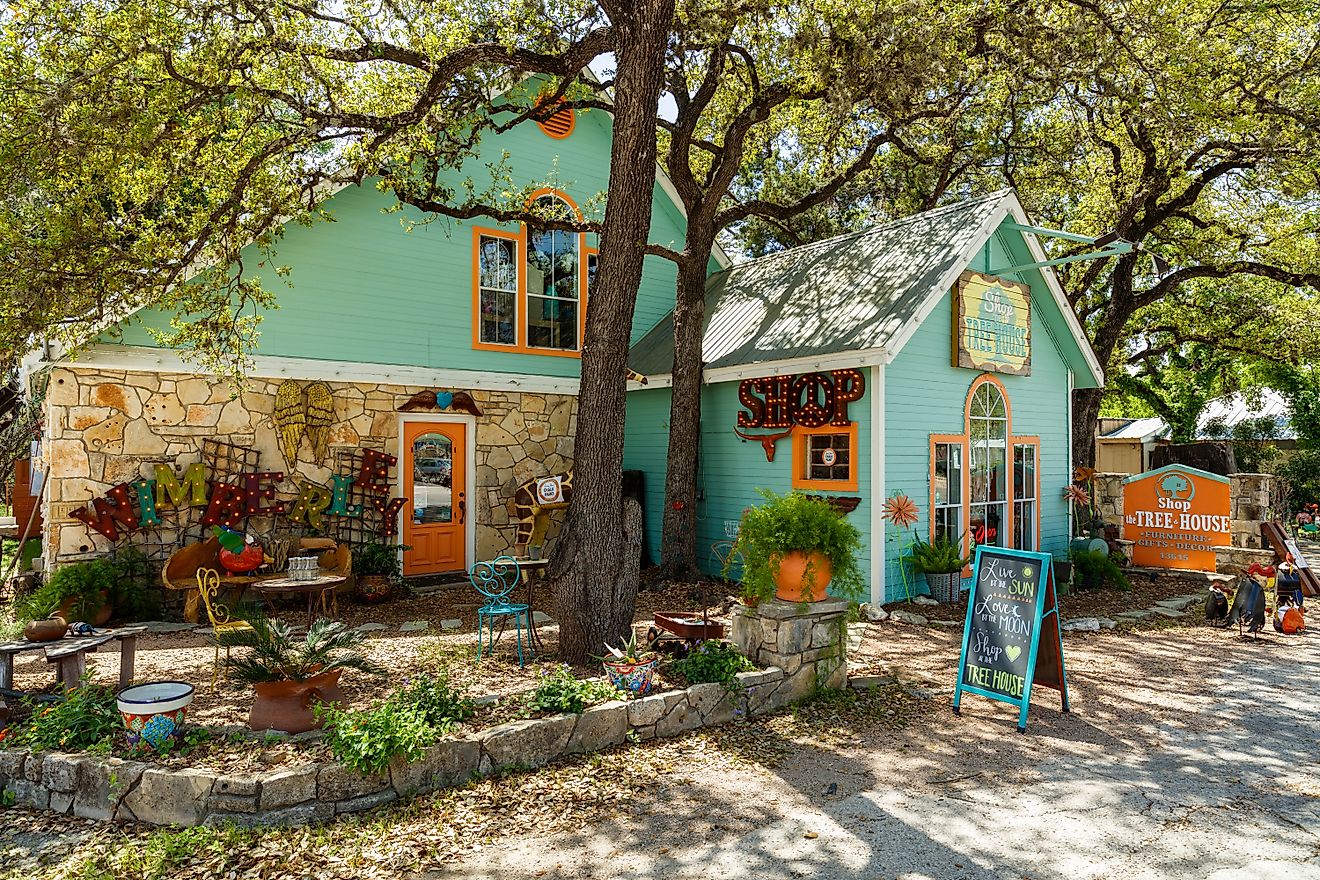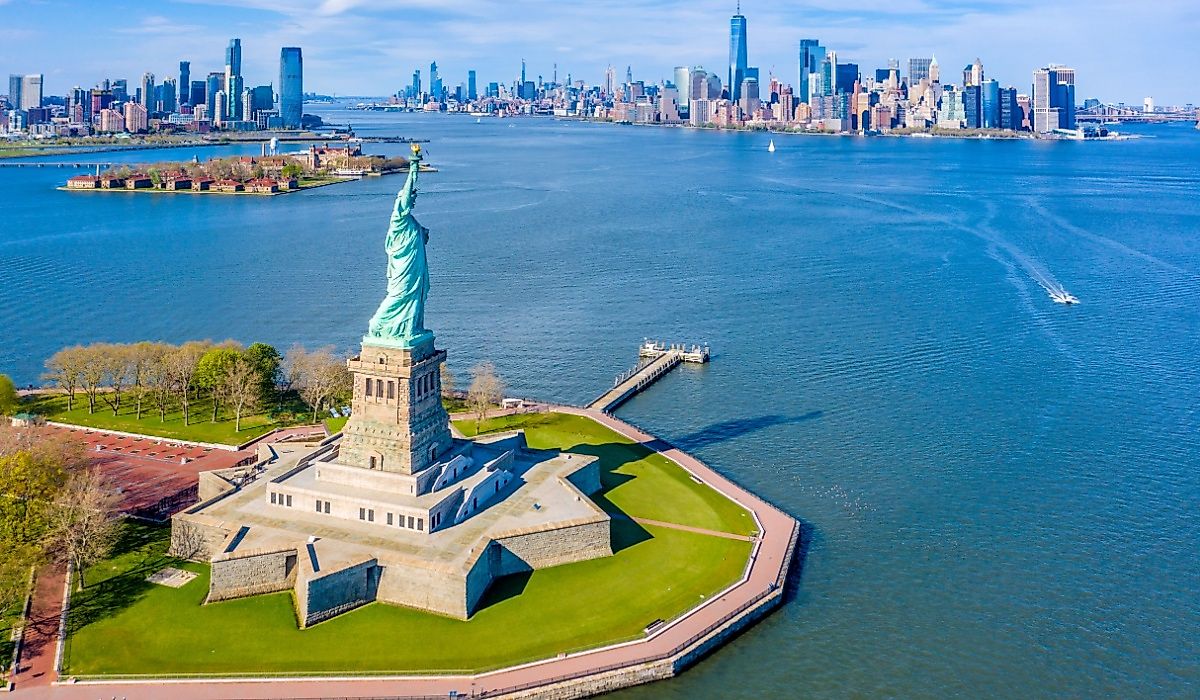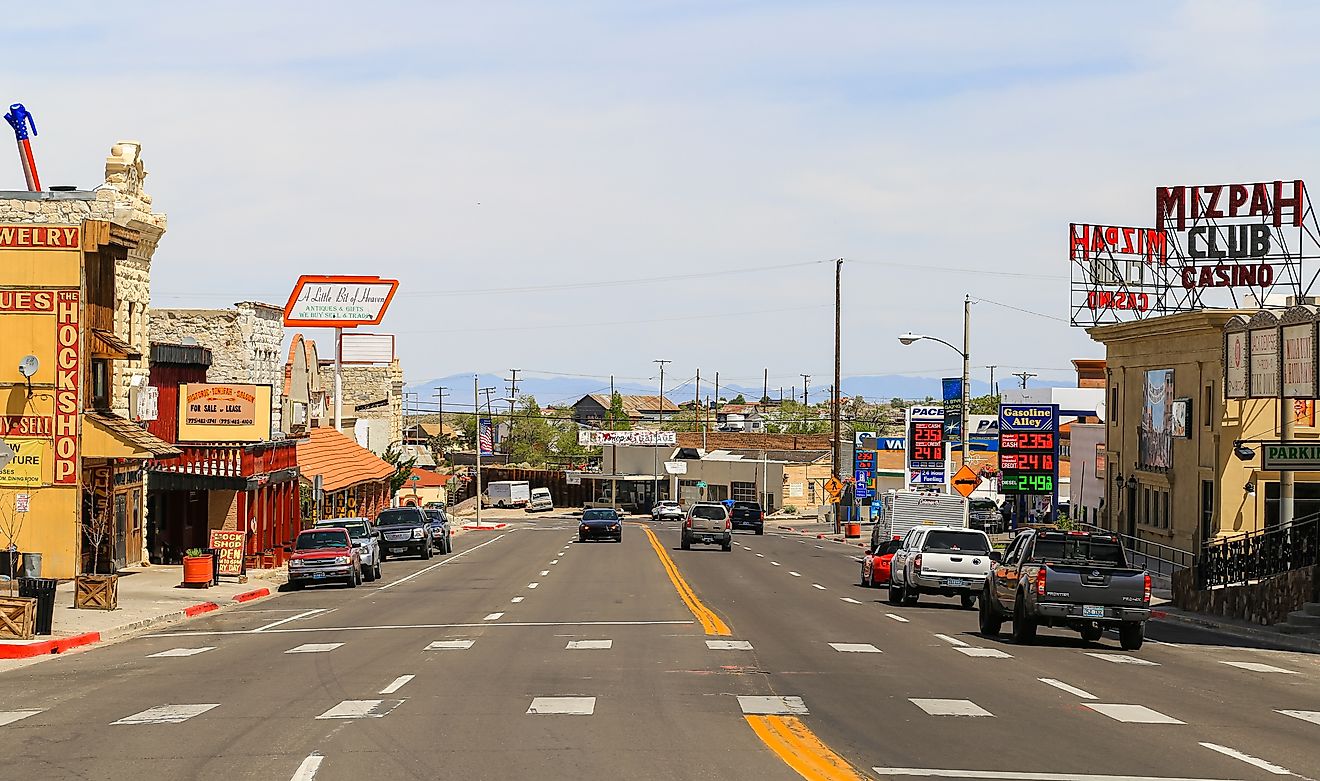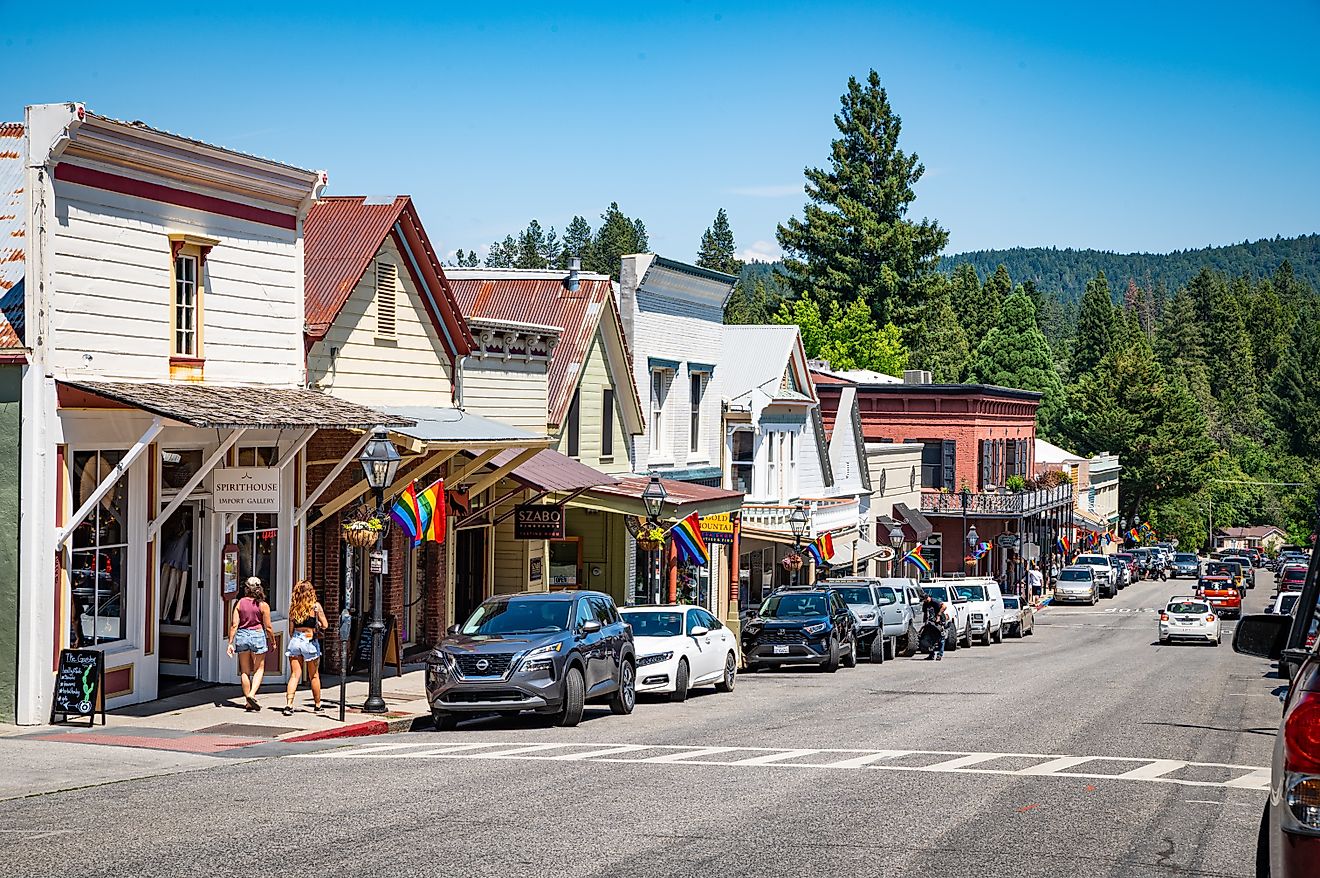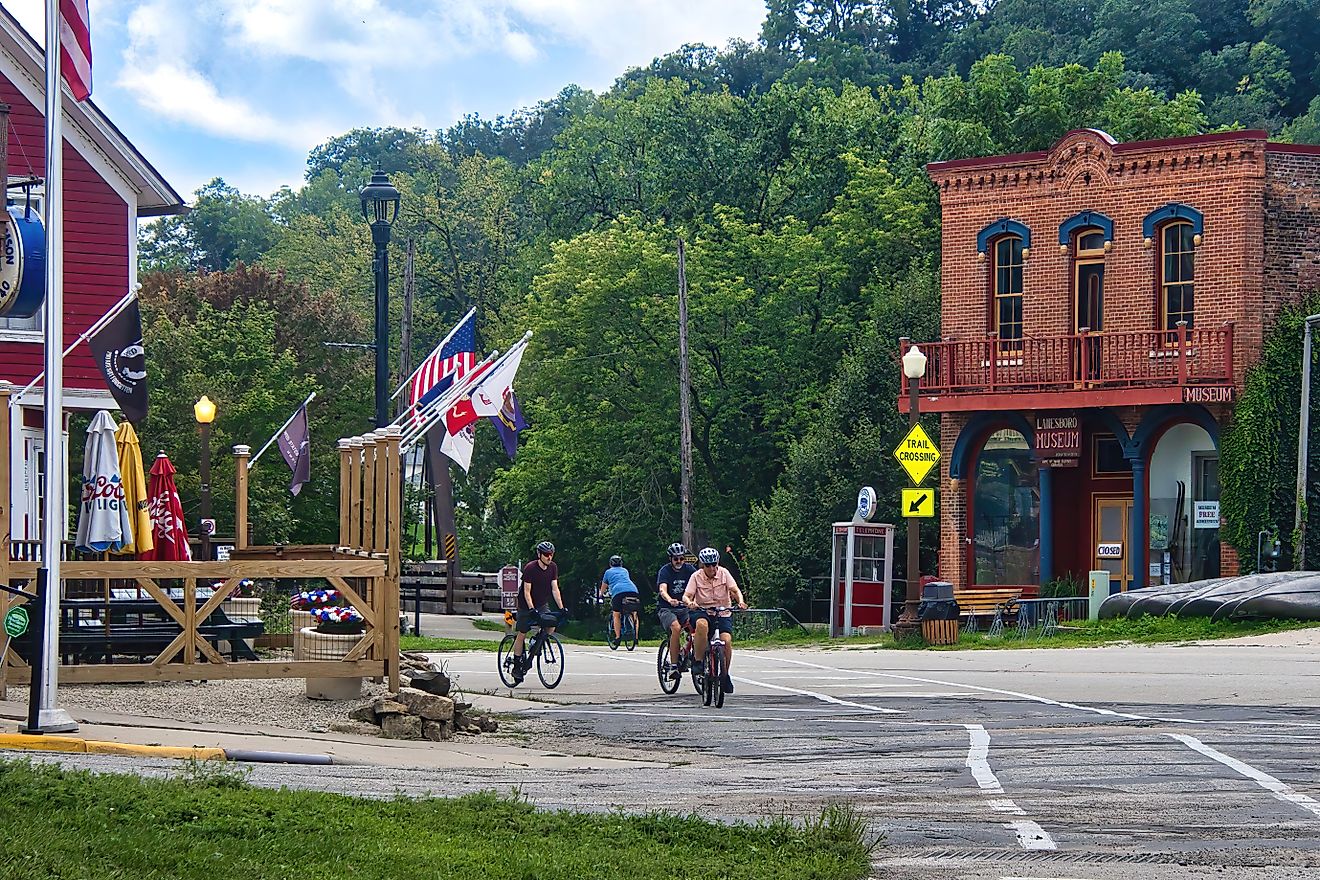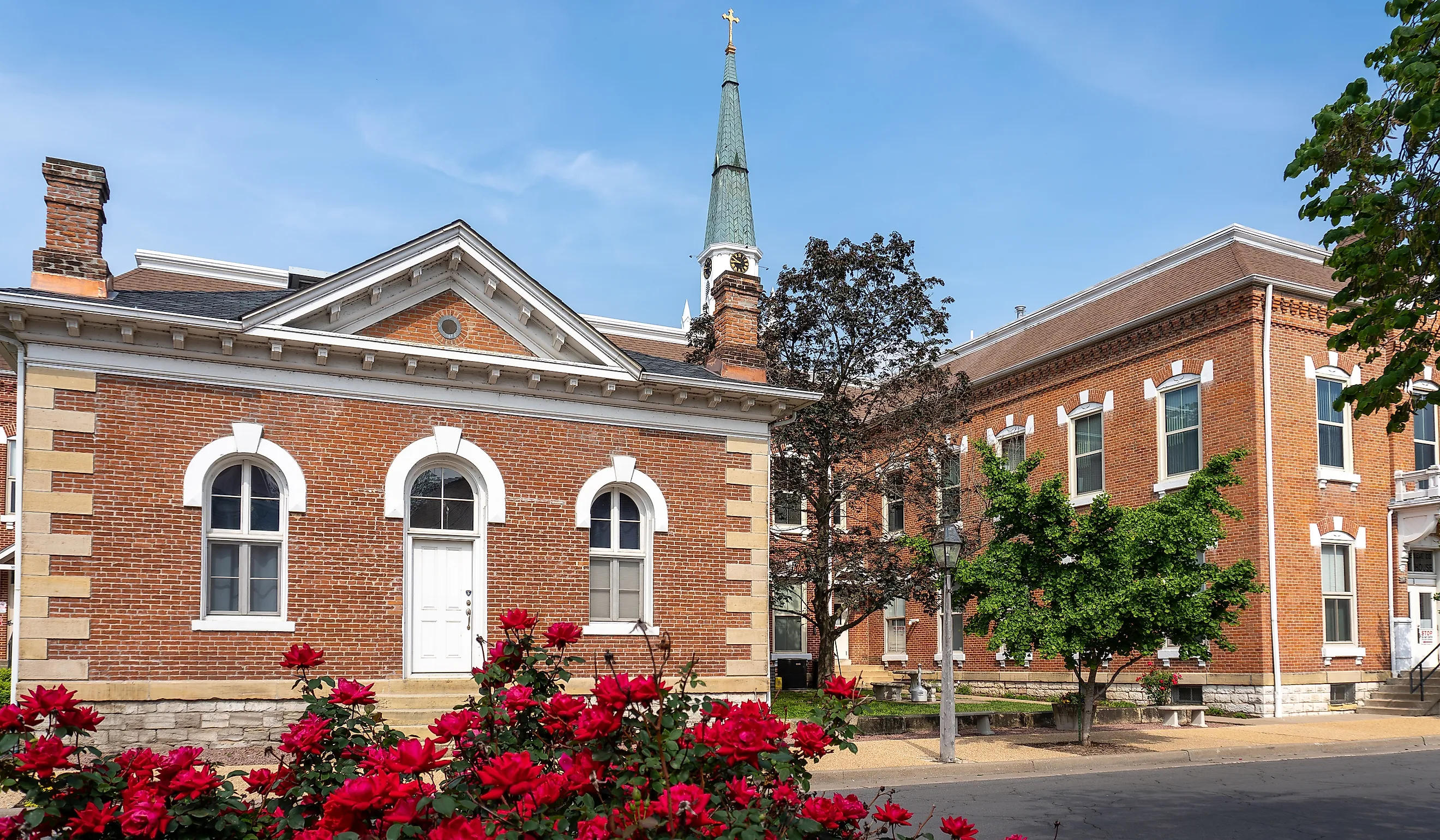
This Missouri Town Is Older Than the State Itself
Missouri has long been an integral, yet underappreciated, part of the United States. Once located at the far tip of the frontier, it is situated along the mighty Mississippi River, which has long been a vital trade route. Its history comprises a unique mix of native, French, Spanish, and American influences intermixing in a place where the forests of the east meet the western plains.
Even with how remote this part of the continent was during the founding of the country, Missouri's statehood is surprisingly longstanding, with many towns and cities dating back to the 18th century. The oldest of which is Ste. Genevieve, which sits about an hour south of St. Louis and will be the focus of this article. Read on to learn more about this fascinating destination, a perfect spot for travelers and history buffs alike in the Show-Me State.
A Taste of France in the Midwest

Ste. Genevieve was founded in 1735 and, as mentioned, holds the distinction of being the oldest permanent European settlement in what is now known as the state of Missouri. As with a number of original towns out west, this community was established by French Canadian colonists, many from across the Mississippi River in present-day Illinois.
It developed as a farming community, doing well off the rich bottomlands along the river. But by 1785, the town had actually relocated inland to avoid seasonal flooding, settling into its current location.
In terms of the name, it honors Saint Genevieve, the patron saint of Paris, which makes sense given the settlers’ French/Catholic heritage. Over the decades, the town's culture was not just influenced by the French, however, but also by Spanish colonial rule, before eventually becoming part of the United States following the Louisiana Purchase in 1803. You can distinctly see these influences in local architecture and landmarks, much of which survives to this day.
Then, during the late 18th and early 19th centuries, Ste. Genevieve diversified economically and evolved into a hub for lead mining, salt production, and river trade, connecting in greater depth to other towns and cities in the Mississippi Valley and beyond.
The growing arrival of American settlers in the mid-1800s shifted the cultural dynamic even further, but French traditions and Catholic practices remained prominent.
How to Explore Ste. Genevieve's Storied History
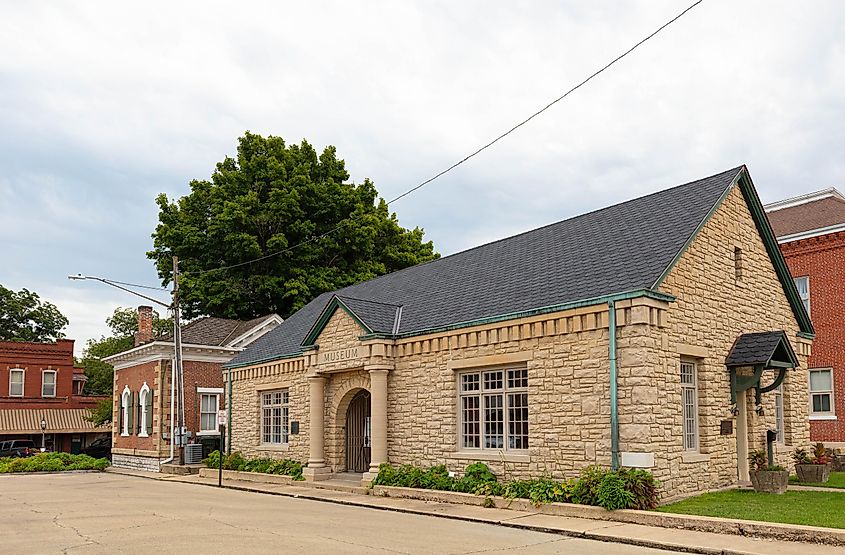
Today, Ste. Genevieve’s meticulously preserved historic district offers a rare look at early colonial life west of the Mississippi and provides a clear window into the region's uniquely French roots. Through these locales, many of which can be found in and around downtown, you too can learn more about this living, breathing history museum.
Ste. Genevieve National Historical Park
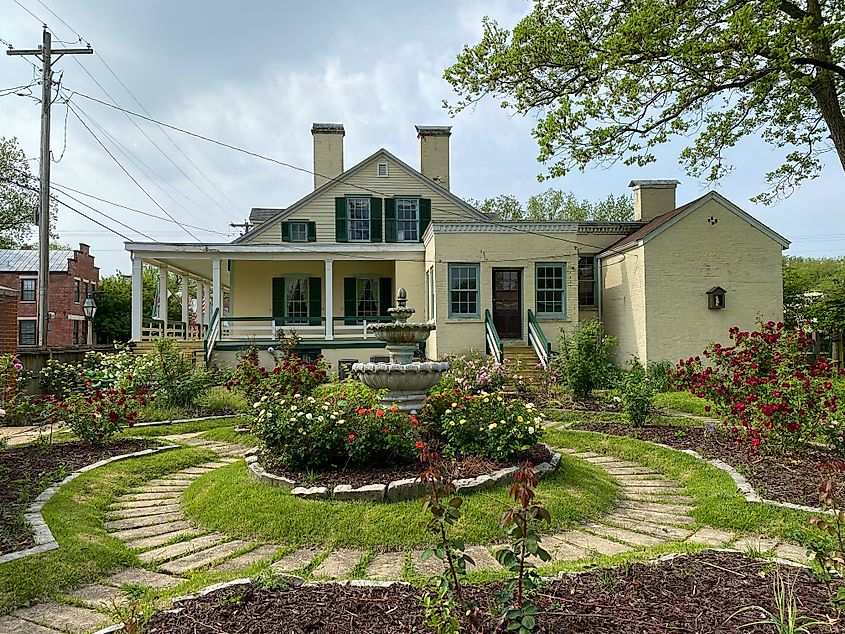
Ste. Genevieve National Historical Park, a relatively new park established in 2020, protects what is widely considered one of the most intact French colonial settlements in the United States. Preserving several structures dating back to the 18th century, including the Amoureux House and Green Tree Tavern, both of which are excellent examples of the typical vertical-log architecture used by the early pioneers. The park also includes the Jean Baptiste Vallé House, once home to a prominent colonial leader.
Here, you can explore these rare examples of poteaux-en-terre and poteaux-sur-sole construction through ranger-led tours offered daily. At the visitor center, you are able to view more curated exhibits, watch an educational film at its theater, and pick up maps of the surrounding historic district. Better yet, admission and tours are free!
The Centre for French Colonial Life & the Bolduc House Museum
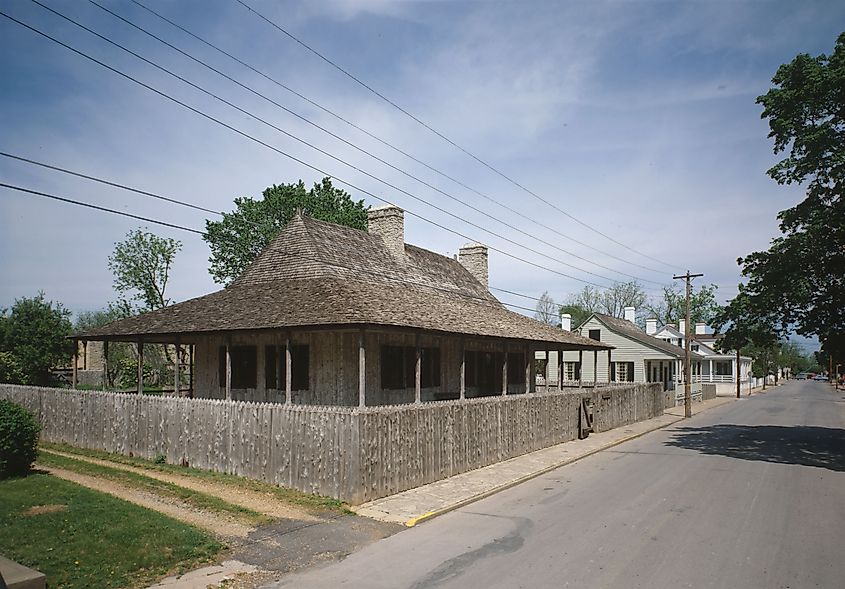
The Centre for French Colonial Life & the Bolduc House Museum forms a central attraction in Ste. Genevieve. The museum campus includes the 1792 Louis Bolduc House, a National Historic Landmark known for its furnishings, with many other period-accurate artifacts inside as well.
Adjacent buildings include the Bolduc-LeMeilleur House and the Linden House, each representing different architectural and cultural shifts throughout the town's longstanding history. Inside of its modern exhibit center, rotating displays also highlight regional and military history and old school craftsmanship.
Guided tours connect all elements of the site, making it one of the best landmarks to learn more about Ste. Genevieve in a fun and interesting way.
Felix Vallé House State Historic Site
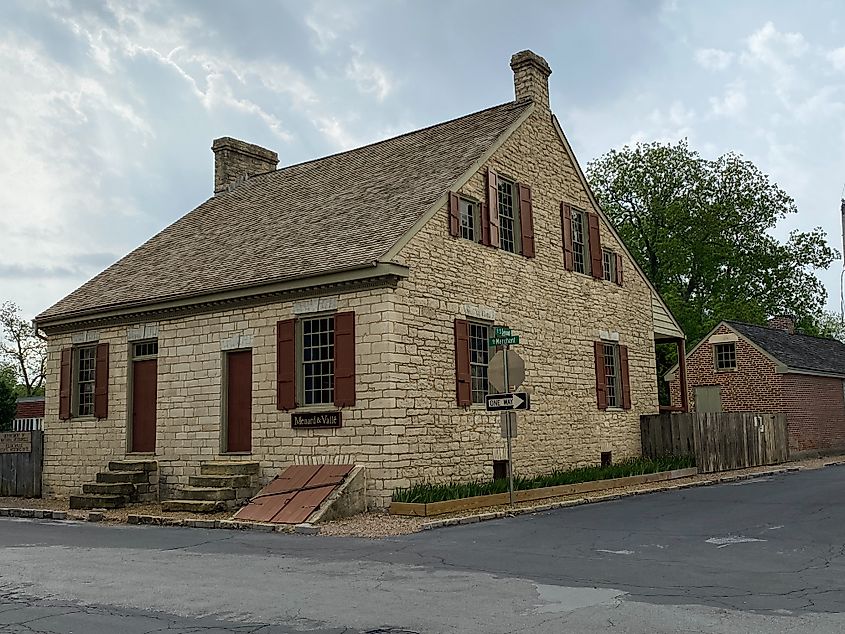
The Felix Vallé House State Historic Site is another one of Ste. Genevieve’s most significant preserved landmarks. Built in 1818, this aged limestone building served as both a residence and a mercantile store for the Vallé family, prominent merchants and political figures in early Missouri.
This destination still includes original furnishings, decor, and business ledgers that give detailed insight into what domestic life and commerce during the early 19th century looked like. Tours will lead you through the main house, outbuildings, and courtyard garden, giving you stories about each aspect of the site.
As part of Missouri’s state park system, the site also has a focus on the greater cultural shift from colonial roots to American governance in the state.
Explore this Classic American Town Today
Missouri really is an underrated gem, particularly for travelers who like to get away from the typical tourist attractions across the country. From the Ozarks to the Mississippi River, Ste. Genevieve is just one of many beautiful small towns with seemingly endless stories to tell and sights to see. Whether you simply want to escape St. Louis for a weekend or are embarking on a road trip around the Midwest, be sure to consider a stop at this aged yet charming community.
